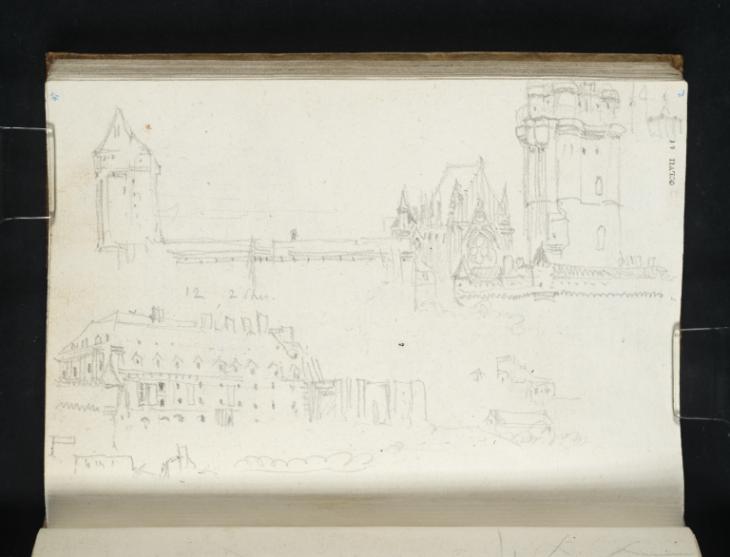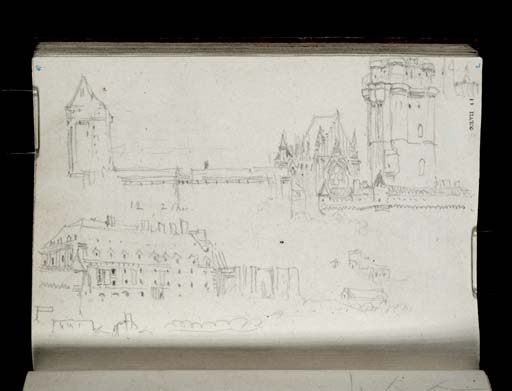Exhibition history
References
How to cite
John Chu, ‘Vincennes, Île-de-France 1832 by Joseph Mallord William Turner’, catalogue entry, January 2015, in David Blayney Brown (ed.), J.M.W. Turner: Sketchbooks, Drawings and Watercolours, Tate Research Publication, April 2015, https://www


